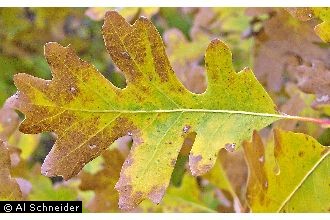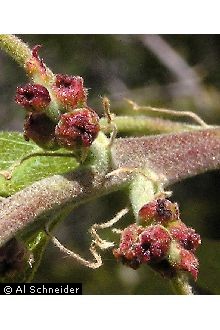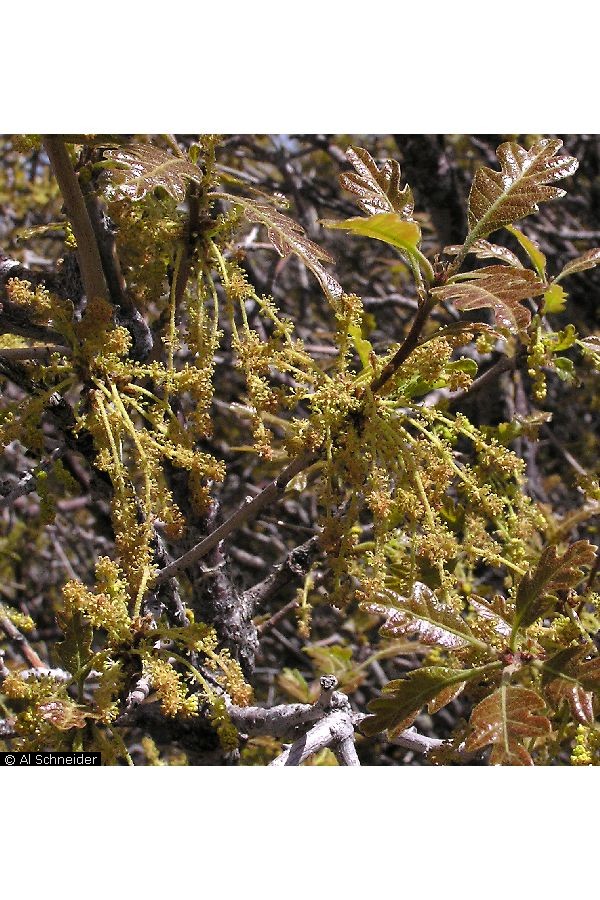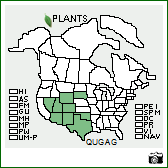Taxonomy: Kingdom - Plantae (plants). Subkingdom - Tracheobionta (vascular plants). Superdivision - Spermatophyta (seed plants). Division - Magnoliophyta (Flowering plants). Class - Magnoliopsida. Order - Fagales. Family - Fagaceae (Beech family). Genus -Quercus L. Species - Quercus gambelii Nutt
Ecology: Canopy suppression is a successional trend when Gambel oak is associated with bigtooth maple, white fir, ponderosa pine, Rocky Mountain juniper, or Colorado pinyon. Across its range, Gambel oak occupies a seral, postfire successional stage with late successional associates more susceptible to fire. Gambel oak is listed as a persistent seral stage in the ponderosa pine of northern Arizona, with he majority of Gambel oak occurring as trees. Populations of Gambel oak increase with disturbance in ponderosa pine woodlands



